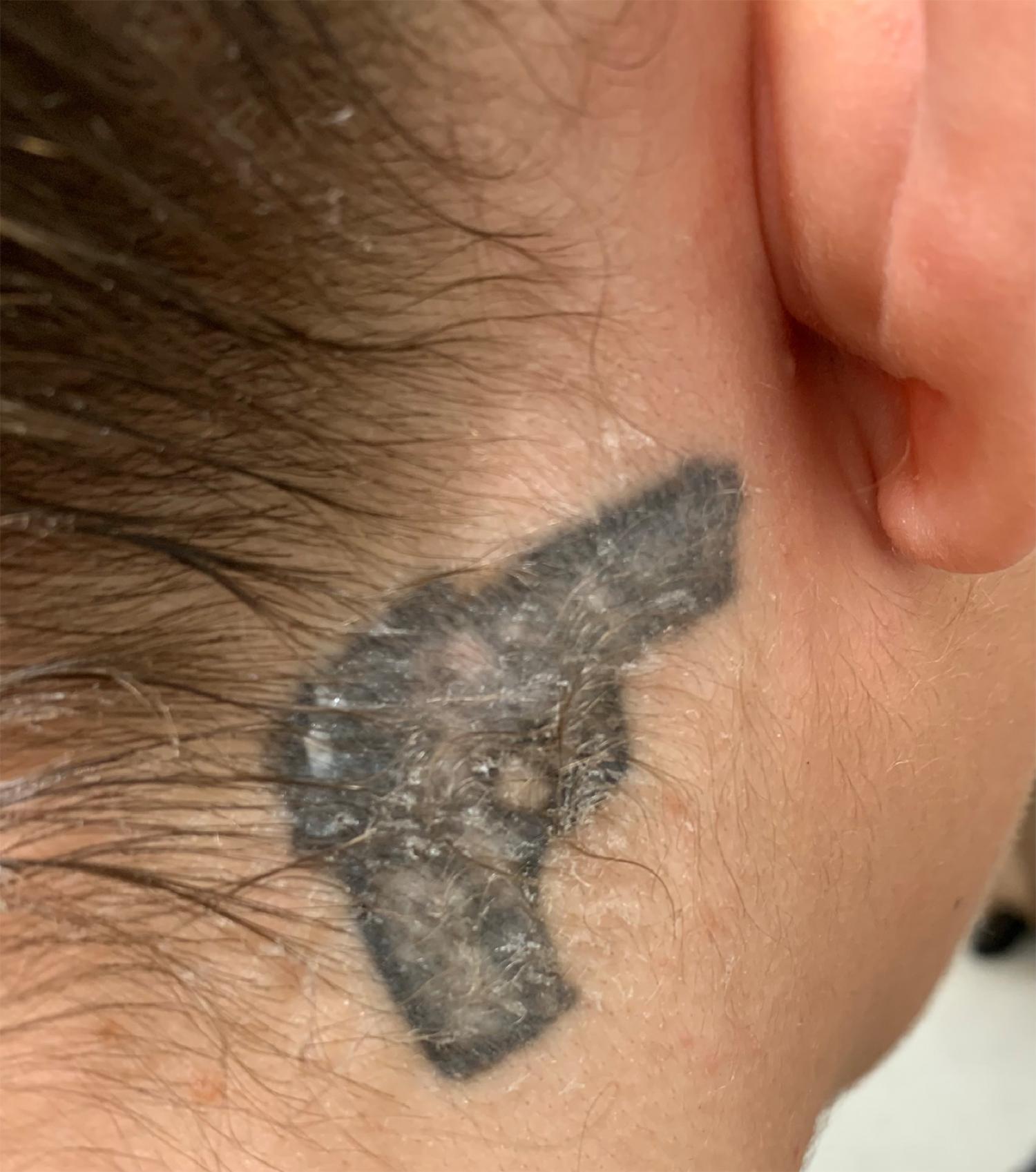
Human trafficking is a global problem that affects millions of people every year. Victims of trafficking are often subject to various forms of abuse, including physical violence and sexual exploitation. Identifying victims of trafficking is crucial in combating this issue, and one way to do so is through the observation of skin signs.
In this article, we will explore the various skin signs that may be present in human trafficking survivors, including physical injuries, branding, and tattoos. We will also discuss the importance of identifying these signs and provide resources for further education and support.
Physical Injuries
Physical injuries are a common sign of trafficking and may include bruises, burns, and scars. These injuries may be the result of physical abuse or forced labor, and they can provide evidence of trafficking. It is important to note that while physical injuries may be a sign of trafficking, they are not always present. Traffickers may use other forms of coercion and control, such as threats, to maintain their control over victims.
Branding
Another common sign of trafficking is branding. This may involve the use of tattoos, scars, or other marks to identify victims as the property of their traffickers. These marks may be placed in discreet locations, such as the inside of the lip or the bottom of the foot. They may also be more visible, such as on the neck or wrist. If you suspect that someone has been branded, it is important to approach the situation with caution, as removing the mark may put the victim in danger.
Tattoos
Tattoos are another common sign of trafficking. Traffickers may use tattoos to identify victims as their property or to mark them as members of a specific gang or organization. These tattoos may be forced upon the victim, or they may be chosen voluntarily as a means of protection. It is important to note that not all tattoos are a sign of trafficking, and many people choose to get tattoos for personal reasons.
Identifying skin signs in human trafficking survivors can be a crucial step in combating this global problem. Physical injuries, branding, and tattoos are just a few of the signs that may be present in trafficking victims. If you suspect that someone you know may be a victim of trafficking, it is important to seek help from a trained professional. Resources for education and support are available through organizations such as the Polaris Project and the National Human Trafficking Hotline.
